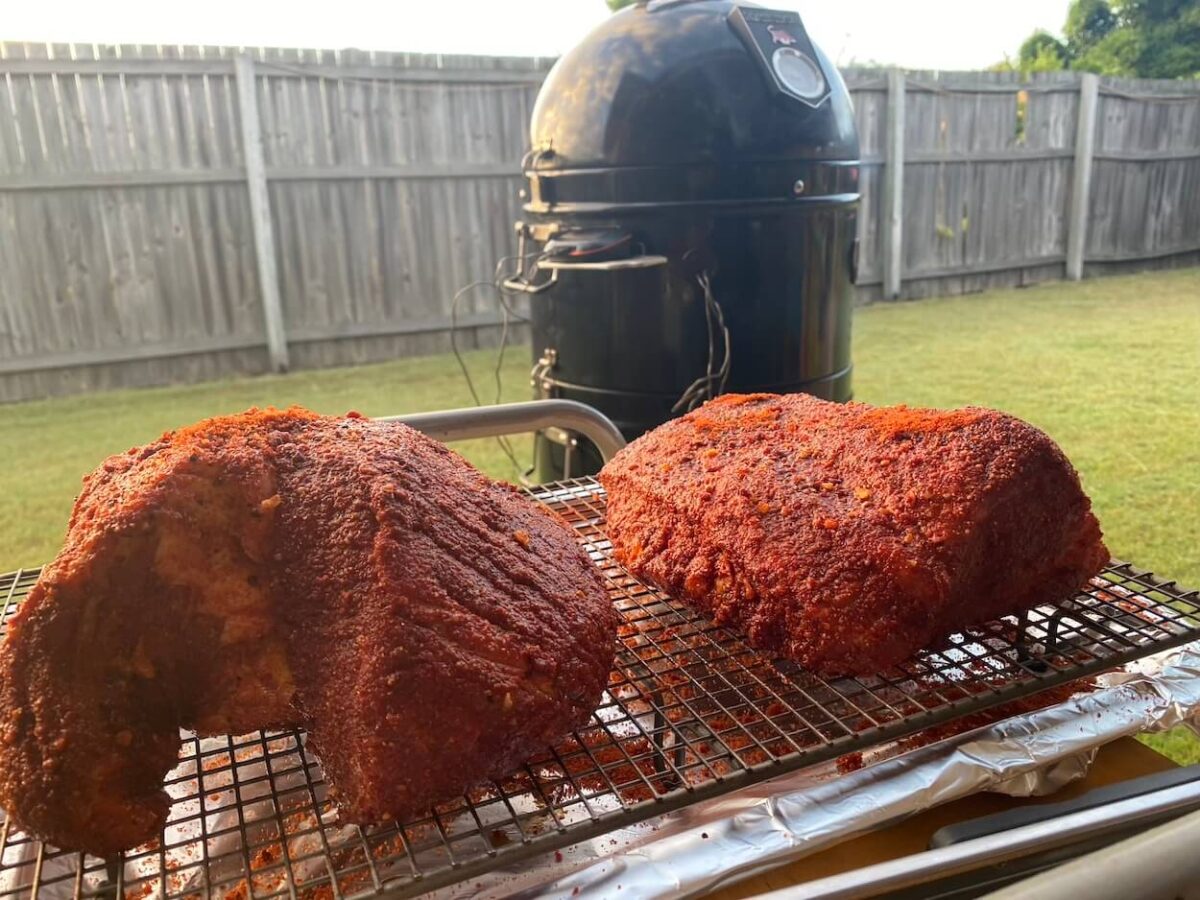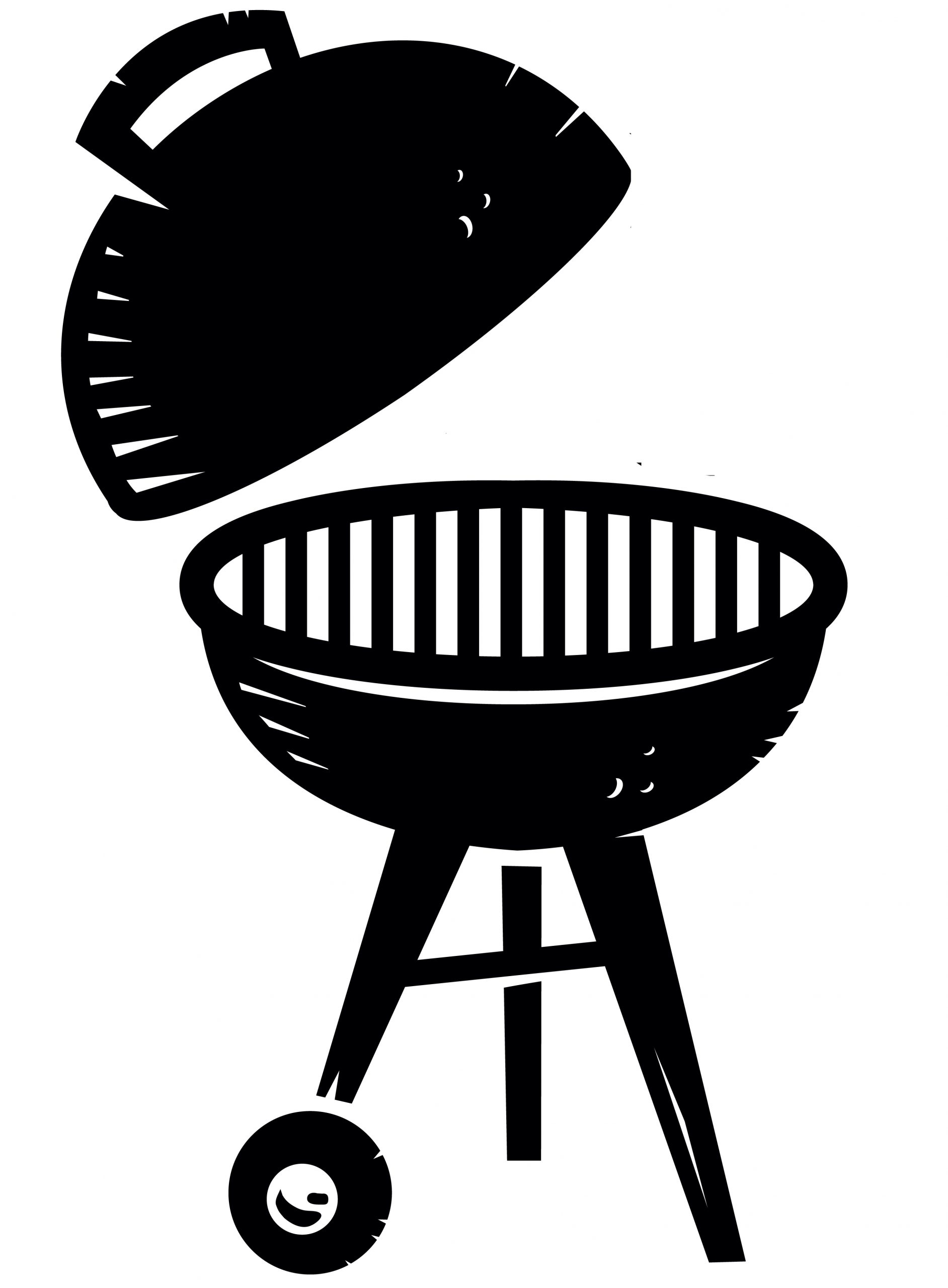Grilling is a favorite among BBQ fans, but barbecue braising brings a fresh twist, merging the intensity of grilling with the tender results of slow cooking. This unique technique infuses deep flavors while ensuring meat stays juicy and tender. Here, we’ll dive into everything you need to know about mastering barbecue braising, from core techniques to expert tips that elevate this versatile cooking method.
What Defines Barbecue Braising?
Barbecue braising is a two-stage process combining high-heat searing and slow-cooking in a liquid—such as broth, beer, or marinade—to yield tender, flavorful meat. This method brings out the smoky flavors of grilling while avoiding the dryness often caused by direct heat.
The journey begins by searing the meat, locking in its juices and adding a caramelized, smoky crust. It’s then slow-cooked in a covered pan or foil pouch, immersed in a seasoned liquid, resulting in a juicy texture ideal for pork shoulder, ribs, brisket, and even vegetables.
Why Opt for Barbecue Braising Instead of Traditional Grilling?
While traditional grilling provides quick, high-heat cooking, barbecue braising offers a richer flavor profile and fall-apart texture. Here are a few compelling reasons to consider braising in your BBQ routine:
- Tenderizes Tough Cuts: Cuts rich in collagen, like brisket and pork shoulder, soften during the slow-cooking stage.
- Amplifies Flavor: Braising liquid infuses the meat with complex flavors, from smoky and spicy to tangy and sweet.
- Retains Moisture: Unlike grilling, which can dry out meat, the braising liquid locks in moisture.
- Versatile Choices: You can braise various proteins and vegetables, offering limitless recipe possibilities.

Essential Ingredients for Perfect Barbecue Braising
Achieving top-notch barbecue braising results depends on your choice of ingredients. Here are the core components to consider:
1. Ideal Meat Selections
For best results, use cuts that are tough and have more connective tissue. Popular choices include:
- Brisket: Dense and flavorful, brisket thrives with low, slow cooking.
- Pork Shoulder (or Butt): Rich in fat and collagen, making it incredibly tender.
- Short Ribs: Marbled and beefy, gaining an intensified flavor through braising.
- Chicken Thighs: Higher fat content keeps them juicy, and they absorb braising flavors well.
2. Choosing the Right Braising Liquid
The braising liquid is key to the dish’s flavor profile. Ideal options include:
- Beer or Ale: Adds depth and slight bitterness, especially with pork or beef.
- Wine: Red for beef, white for chicken, lending richness to the dish.
- Broth: Chicken, beef, or vegetable broth imparts a savory base.
- Vinegar: Apple cider or balsamic vinegar provides acidity that balances the dish.
- Barbecue Sauce: Delivers sweet and tangy notes, ideal for classic BBQ flavors.
3. Adding Aromatics and Spices
Boost the depth of your braising liquid with these flavor-enhancing additions:
- Onions and Garlic: Base flavors that complement nearly all meats.
- Herbs: Rosemary, thyme, and bay leaves add earthy, herbal undertones.
- Spices: Paprika, cumin, black pepper, and chili flakes add warmth and complexity.
- Sweeteners: Brown sugar or molasses can provide a hint of caramelized sweetness.

Step-by-Step Guide to Barbecue Braising
Perfecting barbecue braising requires the right balance between high-heat searing and slow-cooking. Here’s how to get consistently delicious results:
Step 1: Preheat and Sear the Meat
Prepare your grill for direct heat, reaching around 400°F to 450°F. Sear the meat on all sides to form a crust, locking in juices and adding smoky flavor. This process generally takes 5-10 minutes, depending on the cut.
Step 2: Prepare the Braising Liquid
While the meat is searing, combine your chosen liquid (beer, broth, or wine) with aromatics, herbs, and spices in a heat-safe pan. Simmer to meld the flavors, creating a rich braising base.
Step 3: Braise on the Grill
After searing, place the meat in a covered pan or heavy-duty foil, pouring the braising liquid until it’s about halfway submerged. Cover the pan tightly with foil or a lid and move it to the cooler side of the grill for indirect heat.
Lower the grill’s temperature to around 300°F, allowing the meat to cook slowly for several hours. This stage breaks down collagen, making the meat tender. Braising larger cuts like brisket or pork shoulder may take 3-4 hours.
Step 4: Final Searing and Sauce Glazing
Once the meat is fork-tender, remove it from the braising liquid. For an extra layer of flavor, sear it briefly over direct heat (5-7 minutes), brushing it with BBQ sauce for a sticky, caramelized finish.
Step 5: Rest and Serve
Let the meat rest for 10-15 minutes before slicing or shredding. This step allows the juices to redistribute, enhancing the final tenderness and taste.
Expert Tips to Refine Your Barbecue Braising Skills
Barbecue braising is straightforward, but these advanced tips can help you elevate your results:
1. Double Braising for Enhanced Flavor
For intensified taste, braise the meat twice. After the first braise, strain and reduce the braising liquid to concentrate flavors. Use this liquid for a second braise, building even more depth.
2. Add Smoke for a Richer BBQ Profile
Incorporate wood smoke to enhance the barbecue flavor. After searing, add soaked wood chips (hickory, mesquite, or applewood) to the grill, enriching the dish’s smokiness during braising.
3. Use BBQ Rubs in Braising
Apply a dry rub before braising for an extra layer of seasoning. A mix of salt, pepper, paprika, garlic powder, and brown sugar works well for a classic BBQ rub.
4. Control Temperature and Time
Maintaining a steady low temperature during braising is crucial. A grill thermometer can help keep the temperature between 275°F and 300°F, preventing the meat from drying out or extending cooking time unnecessarily.

Conclusion: Take Your BBQ to New Heights with Braising
Braising is a staple for chefs, and its application to barbecue opens up new avenues for flavor and tenderness. By merging the high-heat intensity of grilling with the slow-cooked softness of braising, you can turn tougher cuts into mouth-watering BBQ dishes. Whether it’s for a backyard gathering or a BBQ competition, barbecue braising is an unbeatable technique to level up your grilling game.
